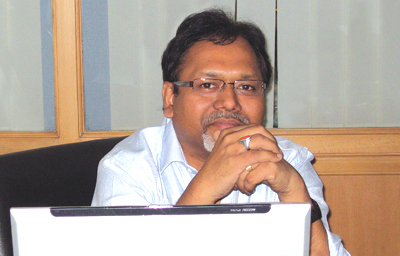INDIAN ARMED FORCES CHIEFS ON OUR RELENTLESS AND FOCUSED PUBLISHING EFFORTS

SP Guide Publications puts forth a well compiled articulation of issues, pursuits and accomplishments of the Indian Army, over the years

"Over the past 60 years, the growth of SP Guide Publications has mirrored the rising stature of Indian Navy. Its well-researched and informative magazines on Defence and Aerospace sector have served to shape an educated opinion of our military personnel, policy makers and the public alike. I wish SP's Publication team continued success, fair winds and following seas in all future endeavour!"

Since, its inception in 1964, SP Guide Publications has consistently demonstrated commitment to high-quality journalism in the aerospace and defence sectors, earning a well-deserved reputation as Asia's largest media house in this domain. I wish SP Guide Publications continued success in its pursuit of excellence.
A Word from Editor

Defence allocation in the Budget has come as a dampener for Indian armed forces even as the share set aside for civil aviation somewhat reflected the sector’s dynamic growth. That, and high drama over a defence deal in the US makes for an engaging read.
True to our word to bring SP’s Aviation to you every month, we feel privileged to present to our readers the second issue of 2008 close on the heels of Defexpo 2008 held in Delhi’s Pragati Maidan from February 16 to 19.
In the cover story, Alan Peaford presents a world view of the growing popularity of business aviation that has in recent years received an impetus as global travel becomes increasingly tedious with the numerous hassles posed by elaborate security checks and airport transfers. Looking at Asia, the author comments that India, with its greater number of millionaires than anywhere else in Asia and record number of aspiring graduates and entrepreneurs, is a potentially huge market for business aircraft. In reflection of this statement, just the other day, a brand new hangar was commissioned at the domestic side of the IGI airport at Delhi to service Hawkers.
Even as the civil aviation sector booms, Finance Minister P. Chidambaram’s 2008-09 Budget, presented in Parliament on February 29, gave little cause for cheer to the Indian armed forces with industry pundits and senior servicemen insisting that the allocation would fall short of realising the aspiration for rapid modernisation of the forces. A rather disturbing development is the defence budget’s slide to less than 2 per cent of the GDP—for the first time since 1962. Analyses carried in the In Focus and Forum columns are further strengthened by former Chief of the Indian Navy Admiral (Retd) Arun Prakash’s opinion piece where he reiterates that a mere 10 per cent hike in the defence budget from the previous year may mean nothing as, in real terms, the budget may have remained static or even declined.
Away from home, the United States Air Force (USAF) finds itself in the centre of a storm over a $40 billion contract for the supply of 179 Flight Refuelling Aircraft which it awarded to a consortium consisting of Northrop Grumman and European firm EADS. The country’s home company, Boeing—the traditional supplier of air tankers not only to the USAF but also to other air forces of allied/friendly countries—has not taken kindly to the snub. Far from it. Bewildered and angry, it has decided to file a formal protest asking the Government Accountability Office (GAO) to review the USAF’s decision. In a short time, the raging debate has acquired political and patriotic overtones. Even as Air Marshal (Retd) B.K. Pandey discusses threadbare the intriguing twists and turns in the so-called tanker war, the voices of reason are strident in their demand to be heard above the din raised by opponents of the deal.
Finally, after almost a quarter of a century after the Indian Air Force’s initial bid for an advanced jet trainer (AJT), the Hawks were formally inducted into the force at a small but glittering ceremony on February 23 at the air base at Bidar, heralding a new era in the history of flying training.
Enjoy!





